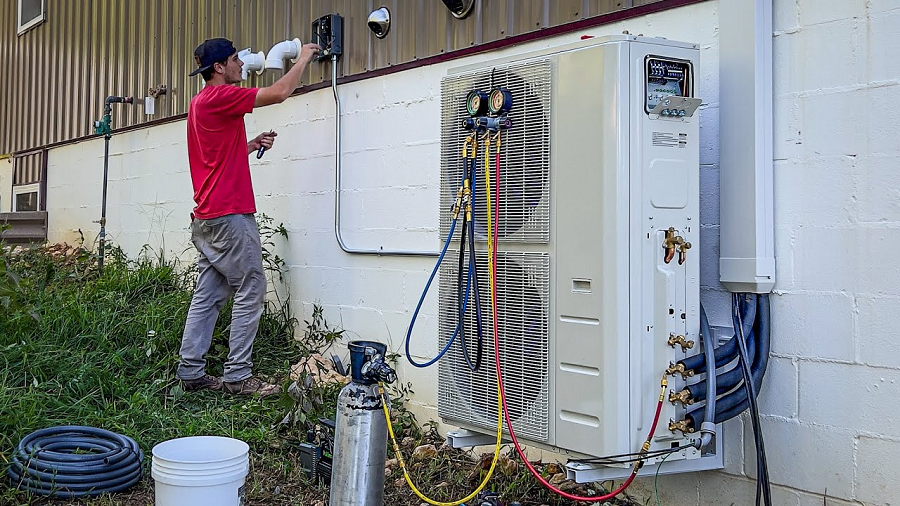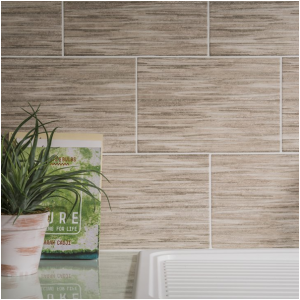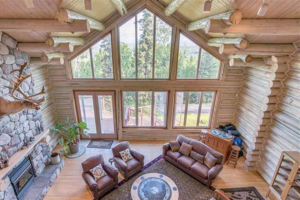
In the quest for optimal home comfort, having the ability to control the temperature in different areas of your home independently is a game-changer. Enter the 3-zone mini split system—a versatile, energy-efficient solution that allows you to create customized climate zones within your living space. In this blog post, we will explore the benefits, installation process, and maintenance tips for 3-zone mini splits, ensuring you have all the information needed to enhance your home comfort effectively.
What is a 3-Zone Mini Split System?
A 3-zone mini split system is an advanced HVAC (Heating, Ventilation, and Air Conditioning) setup designed to cool or heat three separate areas or “zones” within your home. Unlike traditional HVAC systems, which operate as a single unit to maintain a uniform temperature throughout the house, a 3-zone mini split allows for individual temperature control in each designated zone. This customization is achieved through multiple indoor units connected to a single outdoor unit, offering unparalleled flexibility and efficiency.
Benefits of 3-Zone Mini Splits
Energy Efficiency
One of the standout benefits of 3-zone mini splits is their energy efficiency. By allowing you to heat or cool only the rooms you use, these systems prevent energy waste associated with conditioning unused spaces. This targeted approach can lead to significant energy savings, especially in larger homes with diverse climate control needs.
Improved Comfort
With a 3-zone mini split system, you can tailor the climate in each zone to match personal preferences. For instance, one family member might prefer a cooler bedroom while another enjoys a warmer living area. This individualized control enhances overall comfort, making every room in your home a pleasant retreat.
Easy Installation
Compared to traditional ducted systems, 3-zone mini splits are relatively easy to install. The absence of extensive ductwork means less invasive installation, preserving the aesthetic of your home. Additionally, mini splits can be installed in homes without existing ductwork, making them a versatile option for various architectural styles and structures.
Installation Process
Professional Assessment
Before installation, a professional HVAC technician will assess your home to determine the best placement for indoor and outdoor units. This assessment ensures optimal performance and efficiency of the system. The technician will also calculate the appropriate capacity for each zone, ensuring that the system can adequately handle the heating and cooling demands of your home.
Indoor and Outdoor Units Installation
Once the assessment is complete, the installation process begins with mounting the indoor units in the chosen zones. These units are typically wall-mounted but can also be ceiling or floor-mounted, depending on your preferences and room layout. The outdoor unit is then installed in a suitable location, usually on a concrete pad or mounted on an exterior wall bracket.
Connecting Units and Testing
The final step involves connecting the indoor units to the outdoor unit through refrigerant lines and electrical wiring. Once everything is connected, the system is thoroughly tested to ensure proper operation. The technician will check for any leaks, verify the refrigerant charge, and calibrate the system to ensure it operates at peak efficiency.
Maintenance Tips
Regular Cleaning
To keep your 3-zone mini split system running efficiently, regular cleaning is essential. This includes cleaning the filters, which can become clogged with dust and debris, hindering airflow and reducing efficiency. Most filters are washable and reusable, making maintenance straightforward.
Professional Servicing
While some maintenance tasks can be performed by homeowners, it’s crucial to schedule regular professional servicing. An HVAC technician will perform a comprehensive check-up, including inspecting the refrigerant levels, checking for leaks, and ensuring all components function correctly. Regular servicing helps prevent minor issues from escalating into costly repairs.
Seasonal Checks
Performing seasonal checks before the peak heating and cooling seasons can ensure your system is ready to handle extreme temperatures. These checks typically involve inspecting the outdoor unit for debris, ensuring the indoor units are free from obstructions, and testing the thermostat settings.
Conclusion
3-zone mini splits offer a highly efficient and customizable solution for home climate control, allowing you to enjoy tailored comfort in every room. By understanding the benefits, installation process, and maintenance requirements, you can make an informed decision about incorporating this advanced HVAC technology into your home. If you’re looking to enhance your home’s comfort and efficiency, consider consulting with Bonterra Home, a trusted company specializing in modern HVAC solutions. With their expertise, you can achieve the perfect climate control setup tailored to your unique needs.
Incorporating a 3-zone mini split system not only improves your home’s comfort but also contributes to energy savings and ease of installation. Embrace the future of home climate control with a system that adapts to your lifestyle, ensuring every room is a comfortable retreat all year round.





